We’ve all been there. Put on your best top-hat and tails, add a bit of gothic Victorian jewellery and show up at the party in an old hearse full of plastic skeletons and bat bunting – you’ll be the life of the party!
However, with most approaching 19 feet in length and few roadworthy examples available for less than £3,000, it’s a lot to spend on a costume for one weekend. You could say a hearse is for life, not just for Halloween.
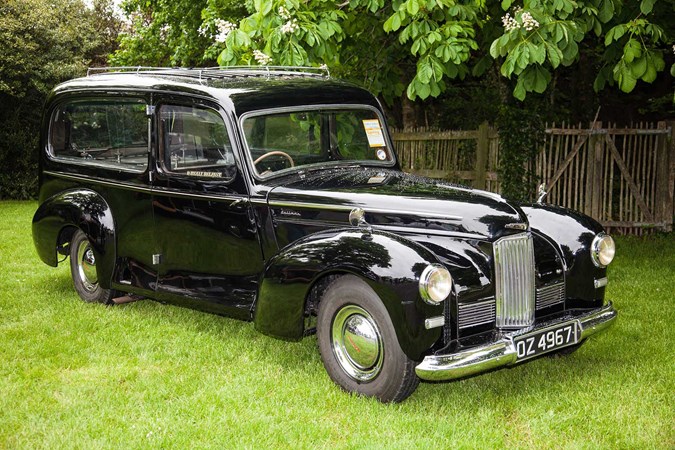
A word of caution, though – you may find the idea of driving a hearse hilarious, but those around you might be offended or upset. Do be as respectful or as kind as possible; it helps if you have some tasteful Halloween décor, or obvious graphics to make it clear it has taken on a new role.
The most important thing to remember is that in Europe, hearses are converted from regular saloon or estate cars, and those conversions do not need to meet the same stringent standards that a regular production car does. They also don’t have the same budget for custom parts, so you’ll often find strange angles and features like a windscreen that’s been tilted further forwards, and ‘filler’ panels added; many conversions use a standard rear section and glass, grafted onto the donor car’s bodywork, and it’s these ‘mass-produced’ models that are the cheapest and easiest to buy.
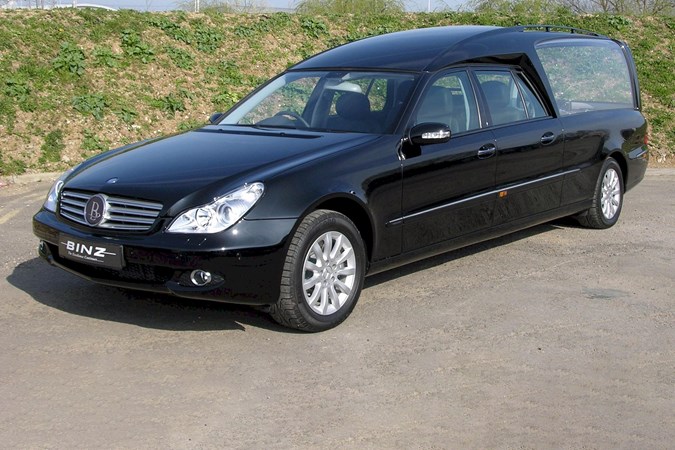
Cars for conversion are cut, lengthened on a standard, proven chassis frame, strengthened and finally trimmed with almost Rolls-Royce levels of quality in the back. Most cars will have been cut behind the door pillars and at the lower edge of the windscreen surround, the new bodywork attaching at these points after a couple of feet of extra floor has added – with longer propshafts and other components for rear-wheel drive cars.
More recent conversions retain the whole doors of the donor cars, with an extra high-roof added. These are safer, more refined and better-finished, but they lack some of the visual drama. You can even get an electric hearse, as Co-op funerals in Scotland has introduced a silent, green option based on the Nissan Leaf.
It’s not only respectfully quiet, it’s rather nicely proportioned and shows that you don’t need to start with a fancy car for a peaceful final journey.
As always, the more recent the vehicle, the better the features. Conversions from the 1980s and 90s may have tiny, barely usable rear jump seats with crude lap-belts, manual windows that don’t wind all the way down (where would they go – they’re almost twice the height of the door) and extended chassis made of angle-iron and fibreglass.
Older conversions rust – everywhere – but it’s often hidden behind fibreglass panels, and few mechanical components are properly upgraded for the extra weight because they didn’t anticipate the hearse being driven at motorway speeds often.
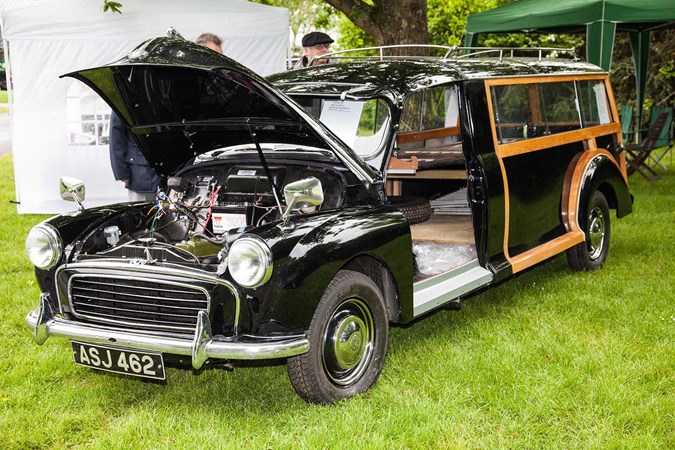
Because the previous owners will have been fastitious about presentation, but aren’t mechanics, the fibreglass body can often hide a multitude of sins. You need to get below the deck (there’s usually a space below – some have electric lifts, reducing that area) and poke in the darkness.
Be particularly thorough around the wheel arches, fuel tank mounts and structural points for rear axle/suspension; lift trim panels out, shine torches and check everything. The donor car’s bodywork is often incorporated into and disguised by the new panels by overlapping materials and can rust ‘inside’ the layers.
A glossary of hearse terms:
- Bearer seats: usually small seats behind the driver and passenger, suitable for occasional use only
- Deck: the part of the hearse used to carry the coffin and flower displays
- Rollers: the deck has strong rollers for smooth loading and unloading
- Coffin stops: polished metal pins with rubber or leather padding to secure loads
- Rise/fall: lower-roof hearses may have a deck that can be adjusted in height
- Hood irons/convertible/coach: American hearses, such as the Cadillac featured in Ghostbusters, are often dual-purpose vehicles. Ecto 1 is, in fact, an ambulance – but you could get panels decorated with ‘hood irons’ (that resemble the sides of a folding pram cover) to convert them to a funeral coach
- First response vehicle: often a discrete, large car or van that is used for funeral duties without attracting attention or distressing families
- Limousine: many hearses are sold with a matching six-seater stretched car. These are notoriously hard to sell, so don’t assume you’ll get half the money back if buying a pair
If you do intend to use it all-year round, a hearse can be surprisingly practical, though the length limits your options for parking. Choose a more recent conversion, such as a mid-2000s Volvo S80, and you get four doors, proper – safe – rear seats and a large load area.
We’d recommend steering clear of the Australian Ford-based models, as parts supply will be tricky as they get older, but they are plentiful on the used market and offer good refinement and comfort for the cost.
You can expect to pay around £5,000 for a 2002-on Volvo S80-based hearse in good working order, but remember that you will need to find a commercial MOT test station as they’re too long for normal garage ramps.
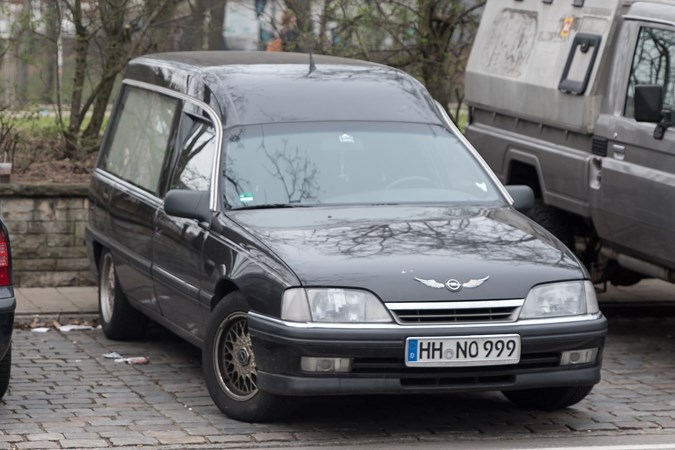
If spending less than £2,000, an Eagle Statesman based on the Vauxhall Omega, Carlton (four-cylinder) or Senator (six-cylinder) is a comfortable option and easy to maintain, but do watch for rust around the rear suspension and original bodywork ‘behind’ the hearse body. The six-cylinder’s engine is as silent as the grave – but the rest of it rattles and creaks like a fun house, as the weight of the greenhouse-like glass is considerable.
We would recommend the middle ground. A Volvo 940, Daimler or Jaguar six-cylinder (the V8 models inherit the issues of the XJ8 engine), or if you can find one a Mercedes E-Class conversion or a Saab 9-5. You’ll find these start around £3,000 with a current MOT and no major faults disclosed, though you should always research the base car first to find out what to look for.
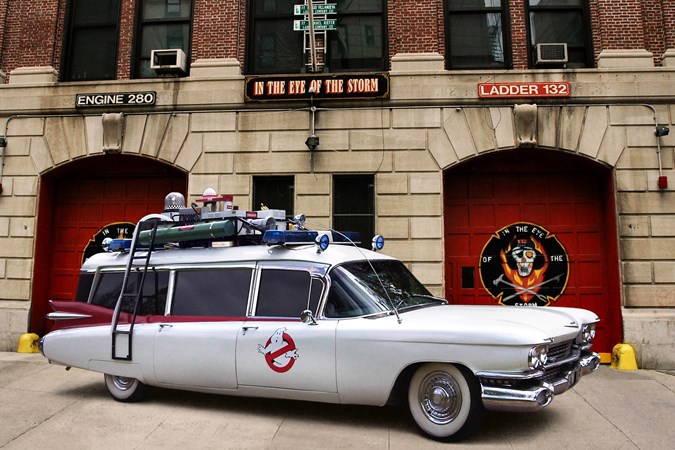
For the truly committed, an investment in a classic or American hearse is the way to go. You will need to budget upwards of £10,000 to get a good example, but they’re solidly made and generally easy to maintain, and the cachet of Ghostbusters, Harold & Maude and the distinctive profile of half-vinyl roof, hood-irons and the dignified strength of a large V8 engine will always have appeal, so you won’t lose much money.
Japanese hearses offer an interesting style, for around £8,000 to £15,000 depending on donor vehicle. They resemble dramatic, ornate temples, and can be based on highly-desireable Japanese-market luxury cars.
On the other hand, Eastern Europe and Mediterranean countries often have more functional, van-based hearses.
Insuring your hearse
If you intend to use a hearse as a private vehicle, you may be surprised by how little they cost to insure. Most coachbuilders are recognised marques, and hearses present a low risk statistically. Don’t be surprised when your insurer removes the class 1 business use from the policy, though – cover is strictly social, domestic and pleasure.
Some insurers offer ‘like for like’ hire cars in the case of an accident. If you’ve ever used this service with a privately-owned hearse, do let us know what they sent you…
What’s it like, driving a hearse?
Relaxing. Most of them are based on large, lazy cars that are already set up to be comfortable, with automatic gearboxes and soft suspension. Aside from the length, which is comparable to a long-wheelbase Transit, they’re built to fit through narrow villages and around churches that predate such things as ‘cars’, and the visibility through the large windscreen and side windows is incredible.
On models with a healthy amount of power – most six-cylinder hearses have around 180 to 200hp – the extra weight tames wheelspin and they can get away from the lights alarmingly quickly, but it puts stress on the running gear every time. Cornering is not as dramatic as you might anticipate, as the chassis is usually quite strong and inevitably, heavy, but with such a long wheelbase they understeer.
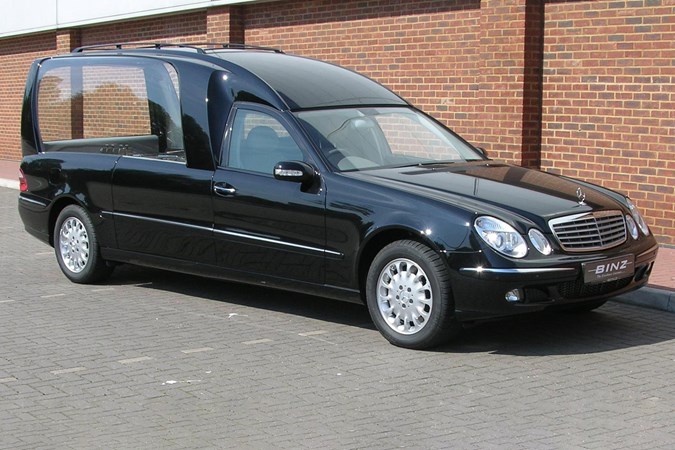
Most drivers give them a respectful distance, too, though the temptation to pass middle-lane ditherers on the inside can become extremely strong; what’s more appropriate than undertaking in a hearse?
In a year of driving one, the only real difficulty was very tight car parks (visibility is great, but the turning circle isn’t) and the need for commercial servicing facilities. You meet loads of interesting people – but just occasionally, there’s a reminder of what a hearse signifies to people, particularly if they have recently lost someone. It’s important to be kind, and take the criticism – you have chosen a very odd car, after all.
For the most part, onlookers get the appeal, and you’d be amazed how many people want to have a ride in one without the associated sadness.
Plus, they’re excellent for collecting IKEA flatpack.








